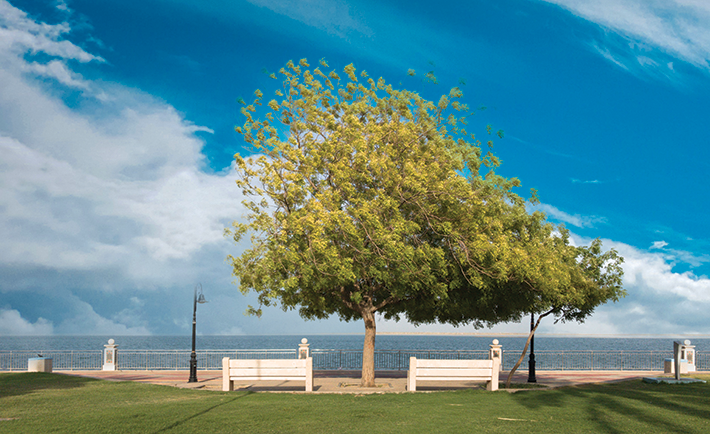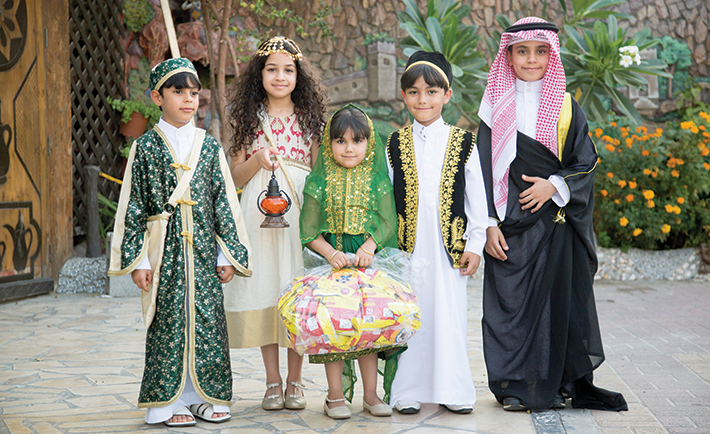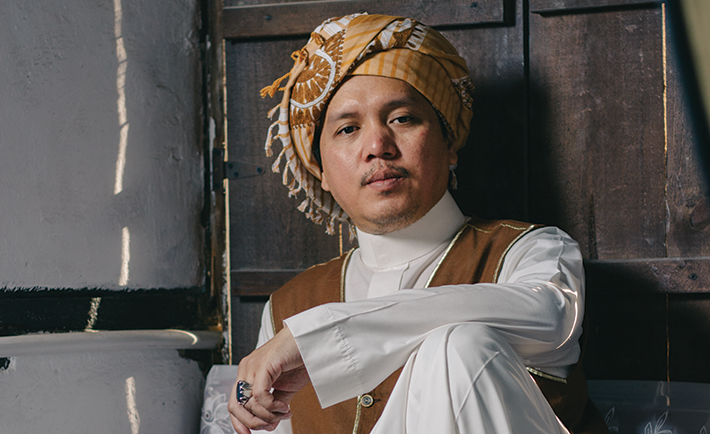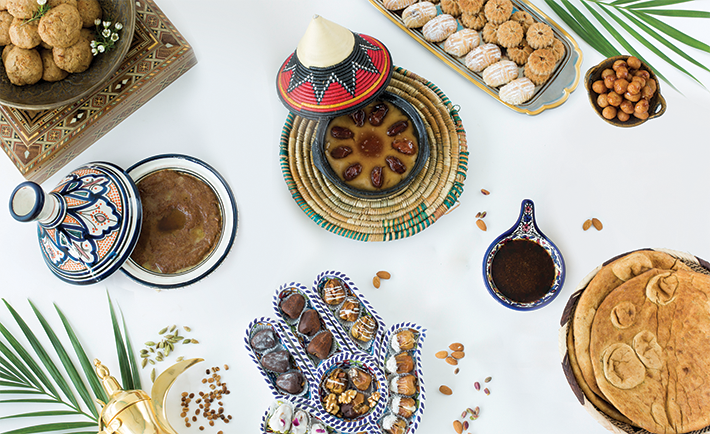Destination KSA - Your Guide to Saudi


Khaleeji Folklore Unveiled. You’ve been to a concert, right? When the stage is set up to showcase the band members’ larger-than-life personality, the dazzling kaleidoscope of twirling lights is synchronized with the special effects, and the speakers are set up so you can hear every single note. Have you got the picture in your mind? Good. […]
By Noura Al Joaib
Entrepreneurship, Bob Marley, and the wisdom of Jamal Al Akkad. We often feature business owners of either young startups or multi-generational family dynasties in Destination. We often talk about their personal journeys, their struggles, and of course, their successes. However, for every successful business owner, there are hundreds struggling to make it. These men and […]
By Noura Al Joaib
Reconnecting, Mind, Body, and Soul. We’ve come so far – from technological advancements to groundbreaking scientific discoveries, mankind has soared to staggering heights. But with these advancements and the relentless need to speed things up, we’ve forgotten the basics: how to be happy, how to be well – simply how to be. From the entertainment […]
By Noura Al Joaib
One man’s story with a business tailored for success. There are household names that play an integral part in Sharqiya’s history. These very names became synonymous with the development of cities within our province, making them the very stepping stones to the present we live in. One of which is the Zamil family. The year […]
By Noura Al Joaib
This latest java trend is the coolest. Let’s face it, just the thought of having your coffee hot in this weather is too much to bear, no matter how much we want our caffeine fix. Enter the latest java trend to hit coffee houses worldwide: the cold brew. Don’t get this confused with the iced […]
By Noura Al Joaib
The gift that keeps on giving. Known as the Rainbow Nation (a term coined by the great Archbishop Desmond Tutu), South Africa is diverse in its people as well as the land its people call home. Because of this diversity, there is an infinite number of things to love and enjoy. From the outdoor adventures […]
By Noura Al Joaib
Meet Saudi Aramco’s first women’s training center principle, Samia Idreesi. It’s not often one finds themselves in the presence of a catalyst for change. We can narrow down the odds further when the catalyst is a woman, fighting for equal higher education opportunities to be given to Saudi women, in the late ‘70s. Our protagonist […]
By Noura Al Joaib
Your guide to hosting the greatest Gergai’an gathering. The Space Getting the right feel and decorations is crucial to the success of your party. Thankfully, it’s Ramadan, so there’s no shortage of decorations that would transform your space into the perfect party venue. Pro-tip: Rice lights are a perfect and inexpensive way to give your […]
By Noura Al Joaib
Speaking through your art. Artist: Faried Omarah Form of Expression: Conceptual Art Tell us more about yourself. I’m an Egyptian architect and a green associate with the United States Green Building Council. That means I’m a specialist in the field of environmental design of buildings and energy consumption, which of course has nothing to do […]
By Noura Al Joaib
The headwear representation of heritage. When it comes to headwear, the omama, or ommah as we say in Hijazi, is not merely a fashion statement. Tracing back to centuries, the ommah (the turban-like head wrap) is steeped in tradition with deep cultural roots. Whether demonstrating the religious position of the wearer, to distinguish the tribe […]
By Noura Al Joaib
These kinds of dates always make things better. Aseeda: This decadent Arab dish is popular in both the GCC and North Africa. Usually a winter treat, this high-energy sweet goodness requires few ingredients. The most important ingredient, of course, is the dibs (date molasses). Kelaija: The national cookie of Al Qasim, Kelaija comes in several […]
By Noura Al Joaib
Every single date in the country is this man’s business. Dr. Mohammed Al Nuwairan CEO of the National Center of Palms and Dates (NCPD) I was pleasantly surprised when I first heard about NCPD. Tell us about it. The main responsibilities of the center are marketing dates and date and palm related products, as well […]
By Noura Al Joaib